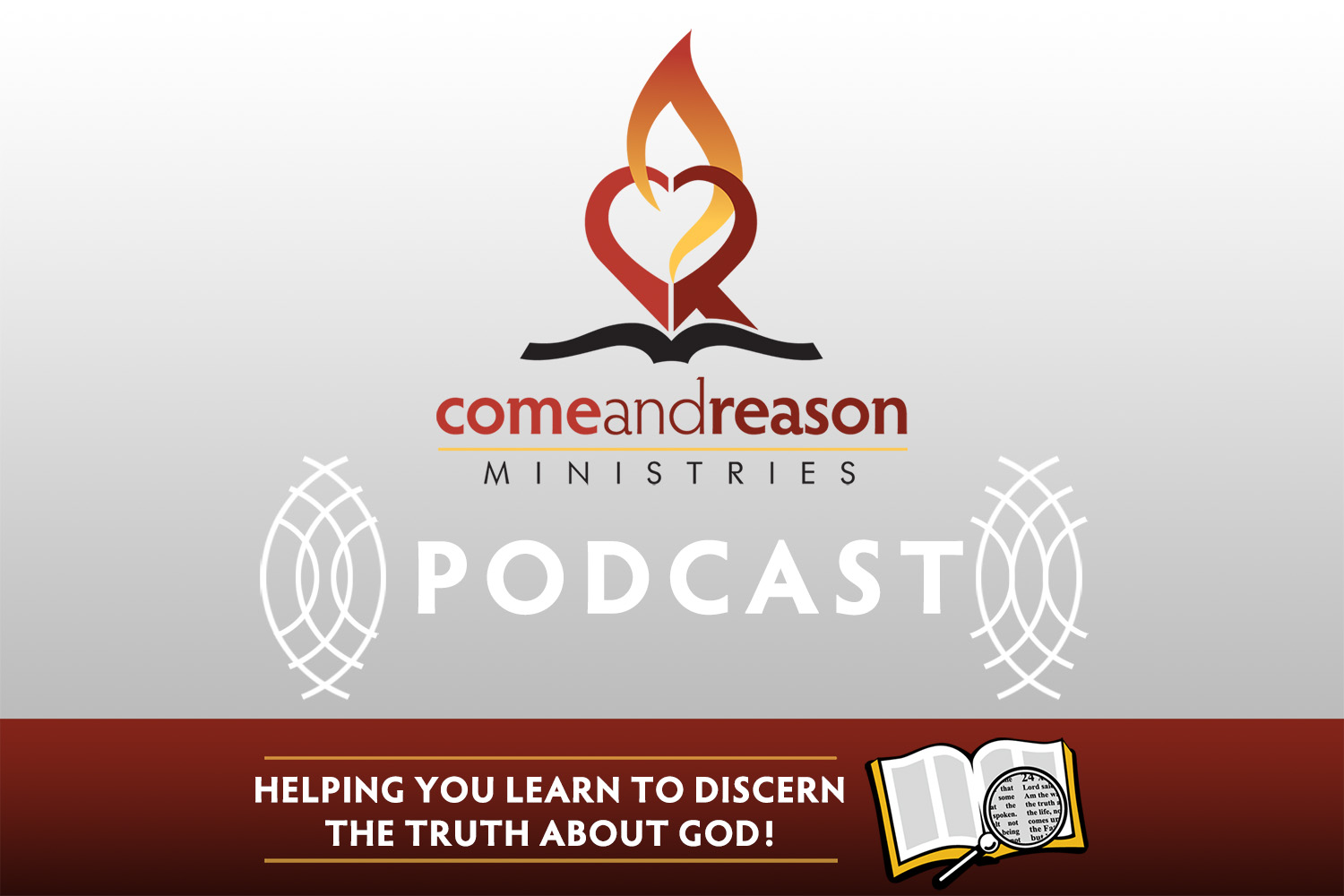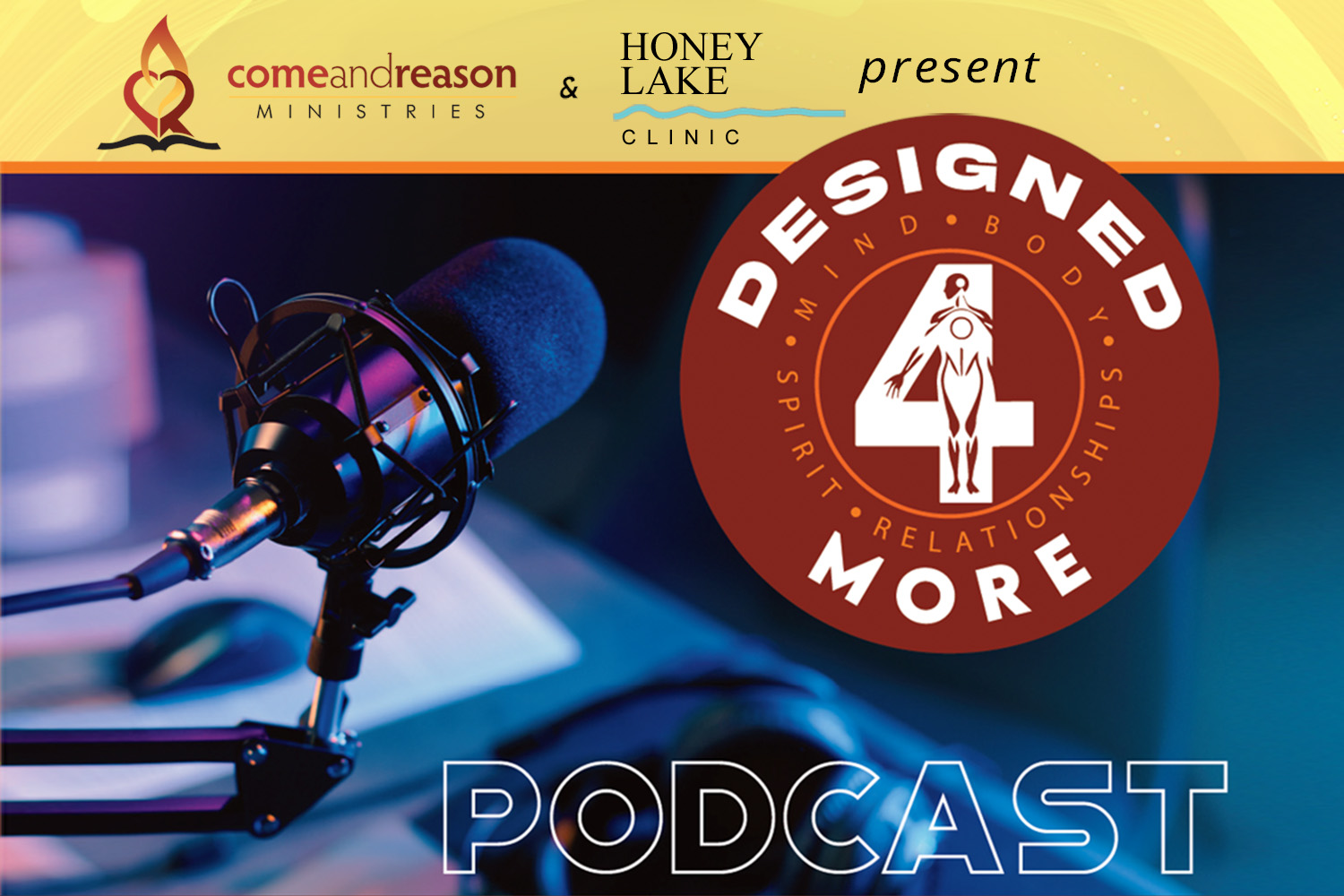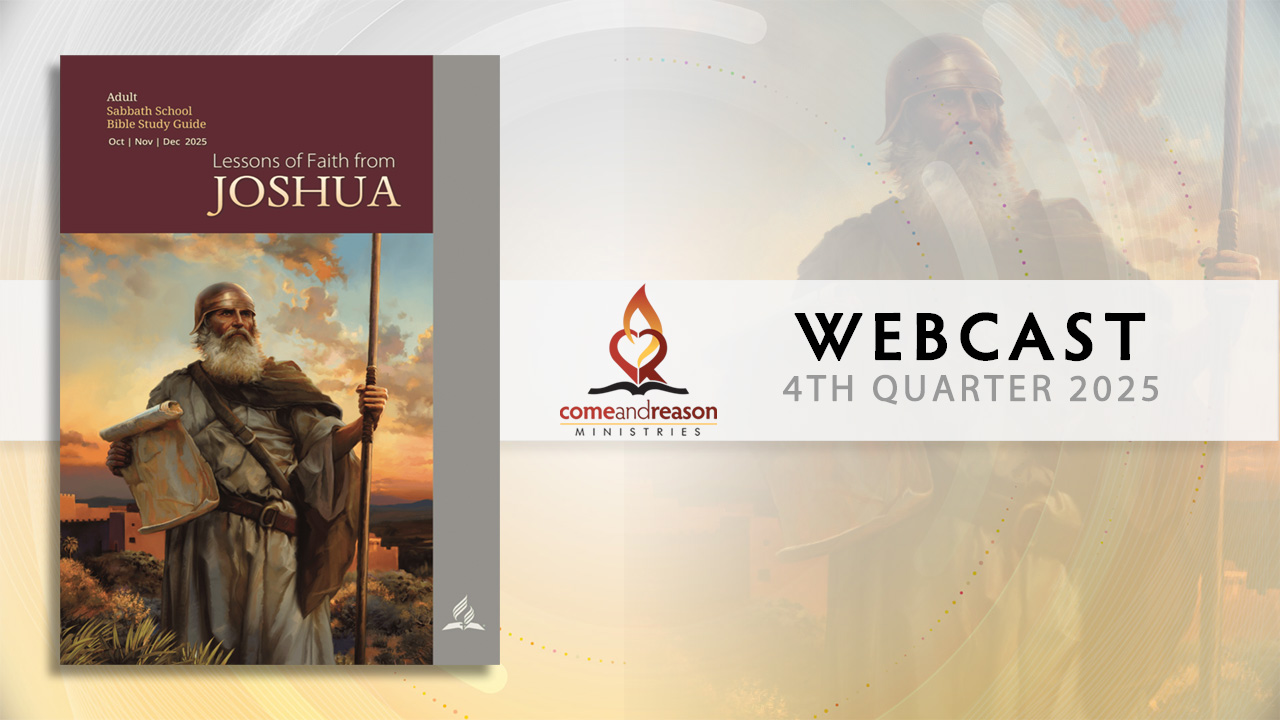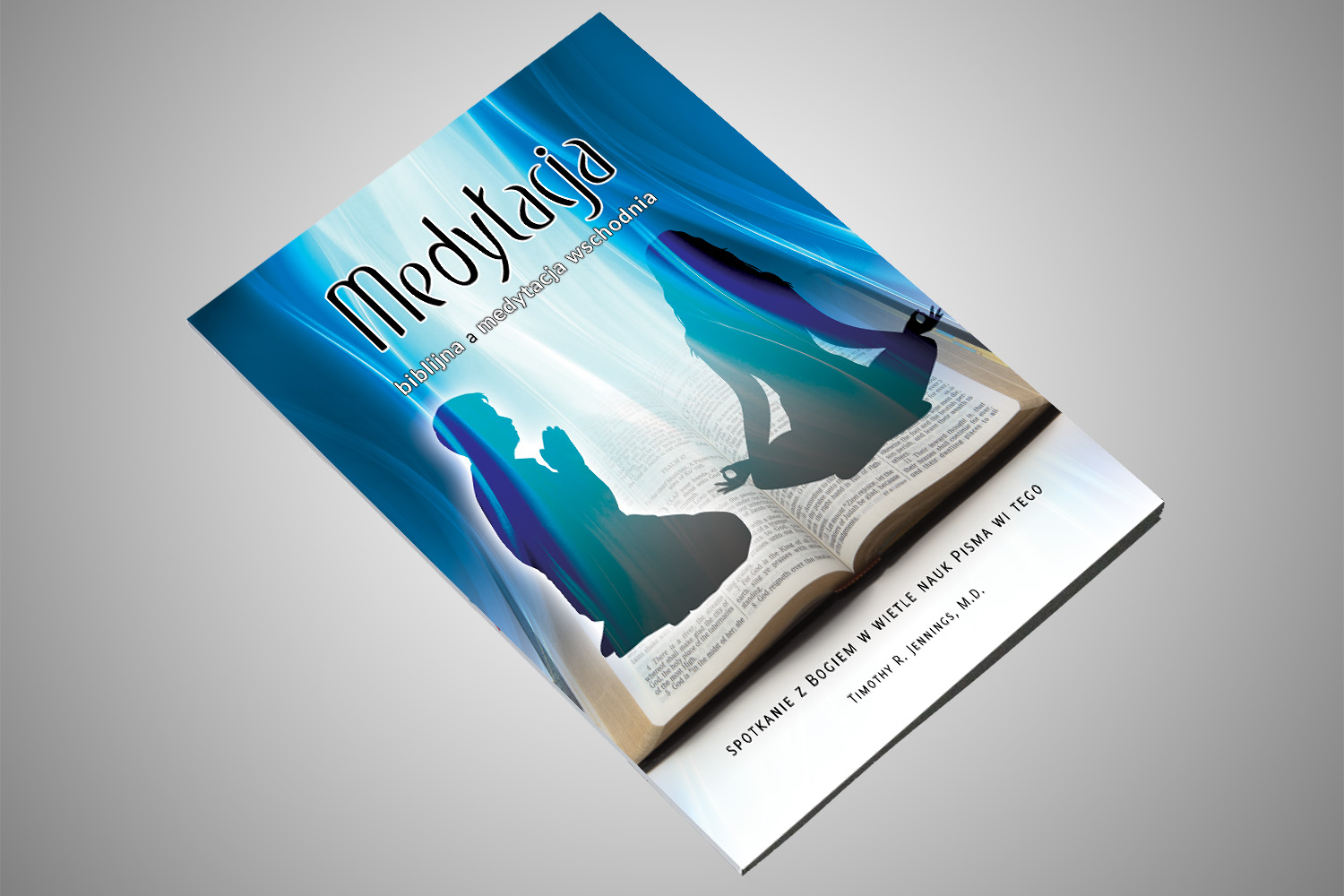Anxiety is a state of mental and emotional uneasiness, distress, dread, apprehension, and discomfort often associated with various physical symptoms, such as insomnia, loss of appetite, ŌĆ£butterflies in the stomach,ŌĆØ nausea, diarrhea, sweating, tremors, racing heart or palpitations, light-headedness, decreased focus, and more.
Some have defined anxiety as the tension, apprehension, or uneasiness from an unknown threat and defined fear as the dread, apprehension, or fright of an identifiable threat.
While I donŌĆÖt disagree that such a differentiation can be made between anxiety and fear, in my view, this misses the point entirely and may even lead to confusion.
Anxiety and/or fear are emotional signals that activate various neural pathways of alarm, alertness, and bodily defense, such as increased heart rate and blood pressure, moving blood away from digestive organs to the muscles to either ŌĆ£fightŌĆØ or ŌĆ£flightŌĆØ and activation of immune response. All of these bodily responses are a result of the brain activating its ŌĆ£fearŌĆØ circuit and sending the ŌĆ£dangerŌĆØ signal to the body that there is a threat, whether real or imagined, and the body responds to that signal with a cascade of adrenalin, inflammation, glucocorticoids, and activation of other systems.
The point is that physiologically and neurologically, the impact on a person is the same whenever one activates their stress circuitry, whether from real or imaginary threats or unknown ones.
This system of alarm and stress response can be adaptive and healthy in the face of a real-world crisis (house on fire, child drowning, being chased by an enemy), causing one to respond quickly and with appropriate intensity to flee or overcome the danger, which then results in the alarm system turning off and the stress response calming down. But this same system, if chronically activated, becomes harmful and damages the body, causing an increased risk of adult-onset diabetes mellitus, obesity, metabolic syndrome, depression, dementia, and other problems.
Because so many people have chronic anxiety (struggling with chronic activation of their alarm system), various ŌĆ£anxiety disordersŌĆØ have been identified (created) by the professional psychiatric community. Such diagnoses as Generalized Anxiety Disorder, Panic Disorder, Social Phobia, Post Traumatic Stress Disorder (PTSD), and others are differentiated by various criteria.
While this was done to assist psychiatrists and other mental health professionals in categorizing and differentiating the types of anxiety and, thereby, individualize treatment with the goal of better outcomes, the unforeseen result has been turning symptoms into disorders, and the creation of disorders has caused the beliefs of people to shift such that rather than seeking to resolve the cause of the anxiety symptoms, patients all too often pursue treatment of ŌĆ£disorders,ŌĆØ which means symptom relief. In other words, people with chronic anxiety come to believe their anxiety is no longer a symptom of a problem but is the problem. This has resulted in perpetuating chronic anxiety, obstructing healing, and creating a class of patients who become dependent upon pharmaceuticals or other ongoing ŌĆ£treatmentsŌĆØ to manage symptoms rather than actions that would resolve the cause and restore a patient to wellness.
┬Ā
A Disorder or A Symptom?
I want to propose a shift in our thinking that understands anxiety not as a disorder but, rather, always as a symptom of something else. Anxiety functions for the mind as physical pain functions for the body. If one experiences physical pain in the bodyŌĆösay, they have a dental cavityŌĆöthey do not think, ŌĆ£Oh, I have a pain disorder. All I need is pain meds.ŌĆØ No, whenever a person experiences physical pain, they may take pain meds, but they also think, ŌĆ£What is wrong? What is the cause? And how can I resolve it?ŌĆØ
Physical pain functions to both alert us that something is wrong, often harmful, and simultaneously motivate us to act. The greater the pain, the more intense the motivation to act. Anxiety serves the exact same purpose; it alerts us that something is wrong and simultaneously motivates us to act, to address the cause, to remove or resolve what is wrong. And the greater the anxiety, the stronger we are motivated to do something to resolve it. Unfortunately, rather than seeking to address the cause, all too often people merely seek symptom relief.
Anxiety can come from many causes, sometimes physical, but often psychological, relational, or spiritual. Physical causes include things like hyperthyroidism or hypoxia (low blood oxygen, so it feels like one is suffocating) from any cause (lung disease, sleep apnea, drowning). Anxiety in these situations can be overwhelming to the point of panic, but such individuals do not have anxiety disorders; the anxiety is normalŌĆöit is the healthy response to drowning or suffocating, designed to alert the person to take immediate action to oxygenate. If a drowning person gets their head above water, the anxiety remits.
But sadly, because anxiety most often comes from non-physical causes, the most common response is to seek symptom relief rather than resolving the cause. People will turn to alcohol, other drugs, relationships, animals (support dogs or cats), comfort food, distractions (gaming, TV, entertainment), pornography, religiosity, cutting, pharmaceuticals, Eastern meditation, and many other forms of self-soothing, all intended to cause the anxiety feelings to go away but without actually identifying its source and resolving the cause.
┬Ā
Unintended Consequences
The healthiest approach to anxiety is to realize it is always a symptom of something that is not right, designed to alert us and motivate us to address the source of the anxietyŌĆöanxiety is never the problem in and of itself! If we fail to recognize this and falsely believe that anxiety symptoms are a disorder in and of itself, then we formulate an identity upon this, solidify into our understanding that the symptom is a disorder, and we stop pursuing the cause, which allows the cause to fester and worsen. This would be like having a cavity and experiencing dental pain and concluding one has a pain disorder, getting on pain medications, but never filling the cavity. Yes, for a time one might feel better, but the cavity would slowly get worse and, eventually, as the tooth decays, the meds stop working and, if infection sets in, overall health worsens.
This is the problem with much of modern psychiatry, the unintended consequence of turning symptoms into disorders; promoting the belief that the symptom is a disorder results in both patients and practitioners focusing on relieving symptoms rather than resolving the cause of the symptoms.
So, what are the causes of anxiety other than physical ones?
- Existential anxietyŌĆöfears related to oneŌĆÖs existence, purpose, future, and identity, such as a loss of meaning, a fear of death, disability, purposelessness, etc.
- RelationalŌĆögrief, fear of abandonment, isolation, loneliness, fear of rejection, not experiencing healthy connection and love, etc.
- PsychologicalŌĆödistorted sense of self, internalized negative patterns of thinking and processing, unreasonably self-critical or other-critical, etc.
- SpiritualŌĆöongoing unresolved guilt, shame, uncertainty about self, internal condemnation (belief that one is too sinful to be saved), hyper-religiosity, fear of judgment, judgmental toward others, etc.
- SituationalŌĆöbeing overwhelmed with real-world responsibilities and not having the resources to keep up or meet objective duties or needsŌĆöa single mother with limited income working two jobs and falling behind in bills, etc.
- Unresolved trauma that can impact all of the above, existential concerns, relationships, negative internalizations about self and others, unresolved spiritual concerns, whether guilt or distrust or anger at God, and various situational stressors.
PTSD is an anxiety disorder that is caused not simply by exposure to trauma, but also by the inability to process the trauma and come to a resolution of it. It is not primarily driven by neurobiological changes but by changes in beliefs, perspectives, and understandingŌĆöwhich causes the subsequent neurobiological changes. In other words, the trauma has caused a change in oneŌĆÖs way of thinking and perceiving life, self, and others that is incongruent with oneŌĆÖs self, is unacceptable, undermines their sense of well-being, security, faith, or identity, and those changes in beliefs cause changes in the brain, activating the stress response with subsequent negative physiological and psychological cascades.
The traumatized individual finds themselves unable to incorporate the trauma experience into an internalized self-story that they are at peace with; thus, they continue to resist accepting what has transpired and avoid working through the emotional trauma because it is too painful and to resolve it requires some change in their pre-trauma understanding.
But because the unresolved traumatic experiences have not been worked through and the individual has not come to an internal understanding that they can live with, be at peace with, or experience acceptance, this state causes internal emotional conflict, where the mind basically says, ŌĆ£This is not right,ŌĆØ but because it is not being actively worked through, it gets pushed away from the conscience mind. And because it is not right, the mind keeps bringing it up to the self in various formsŌĆödreams, intrusive thoughts, flashbacks, etc., as a means of saying, ŌĆ£Stop ignoring this; it hurts; deal with it; letŌĆÖs heal!ŌĆØ
However, because it is painful and because the trauma survivor doesnŌĆÖt know how to process it, doesnŌĆÖt know how to make sense of things, they will often seek to avoid the anxiety and suffer the symptoms of PTSD.
This anxiety is not a disorder; it is a symptom of an unresolved emotional, psychological, or spiritual wound that needs healingŌĆöjust like a person with an unhealed physical injury will feel ongoing pain (and anything that touches the wound causes flashes of worsening pain) but does not have a pain disorder; they have actual wounds that need healing. This is what happens to people with unhealed traumas.
Recently, a veteran told me that his community of veterans has rejected the label Post Traumatic Stress Disorder and referred to their struggles as Post Traumatic Stress Injury. I couldnŌĆÖt agree more! Trauma causes injuries to hearts and minds, wounds that, if unhealed, cause symptoms, which are alerting us that there are wounds in need of healing.
If you or someone you love struggles with anxiety, recognize that the symptoms are designed to alert you that something is wrong. DonŌĆÖt fall into the trap of pursuing only symptom relief; instead, step back and begin pursuing what is actually wrong, what is causing the anxiety, and then pursue resolving, healing, and removing the cause. If you find, like many, that you only know you are anxious all the time but donŌĆÖt know why, then I encourage you to pursue competent, professional Christian mental health assistance to help you identify the underlying cause and work on its resolution.
If someone you know is struggling with anxiety that interferes with function and self-help resources are not enough or professional treatment hasnŌĆÖt led to the improvement they would like, you can let them know about Honey Lake Clinic (HLC), where I serve as the medical director of the adult program. HLC is a holistic, Christian mental-health residential treatment program that seeks to identify and resolve the various causes of anxietyŌĆöwhether biological, psychological, relational, or spiritual. We are here to help!
┬Ā











 using your credit or debit card (no PayPal account needed, unless you want to set up a monthly, recurring payment).
using your credit or debit card (no PayPal account needed, unless you want to set up a monthly, recurring payment). instead?
instead?